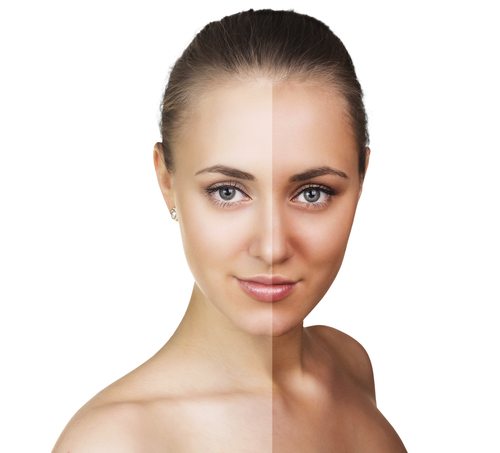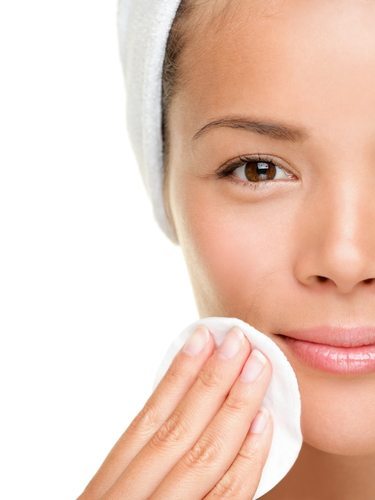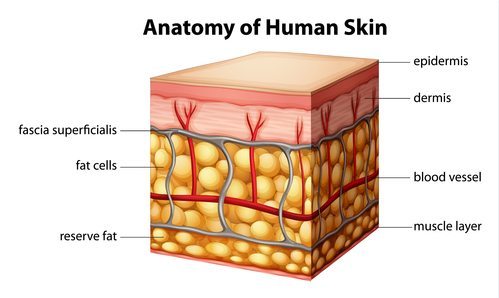How Long Does a Spray Tan Last?
Everyone seems to want a golden glow in the summertime, but spending too much time in the sun without the proper protection can be dangerous. Not only can it cause wrinkles, age spots, and discoloration, but it can also increase your risk of developing skin cancer. Luckily, spray tanning can quickly darken your body without the risks of premature aging, sunburns, or (most importantly) cancer. The active ingredient, dihydroxyacetone, will temporarily change your skin’s color. However, you might wonder, “How long does a spray tan last?”
How Long Does a Spray Tan Last?
So how long does a spray tan last? Under the right conditions and with the right product, a spray tan can survive up to 10 days. All tans fade over time, of course, as you shed skin cells, but you can extend the life of your tan with the right routine. At least seven different factors affect the lifespan of a spray tan:
1. Exfoliation
The longevity of a sunless tan largely depends on how and when you exfoliate your skin. Exfoliation banishes dead skin cells and removes old residues. For best results, exfoliate 24 to 48 hours before tanning. Then, maintain your tan by performing a light scrub every three days afterward. Avoid vigorous exfoliation, which will rub away your tanned skin cells.
2. Drying
Be sure to let your body thoroughly dry after applying a sunless tanning product. Otherwise, the color will fade quickly or become blotchy. Remain patient and leave plenty of extra time for drying. Electric fans can speed up the drying process.
3. Moisture
Dry skin will cause a spray tan to fade sooner. You can make your tan last by using a basic natural moisturizer, such as cocoa butter. However, some citrus or oil-based products can ruin a spray tan. Keep in mind that low indoor humidity and excessive washing promote dry skin. You might benefit from using a humidifier during the winter.
4. Water Exposure
Tans quickly disappear when people shower or swim frequently. They deteriorate even sooner if the water contains chlorine. Hot showers inflict extra damage as well, especially when you bathe for the first time after applying a tan. In fact, any contact with water can greatly reduce a tan’s longevity during its first eight hours on your skin. Splashes or raindrops will create blotches and streaks as they remove the dihydroxyacetone. Remember to exercise caution when you travel, clean your home, and prepare meals. And always bring an umbrella to the salon!
5. Sweat
Like water, perspiration can cause spray tans to disappear rapidly. For this reason, spray tans usually deteriorate faster in sweaty areas of the body, like the legs, breasts, and underarms. During the first few hours after you apply a sunless tan, avoid strenuous exercise. Baby powder may help prevent the color from fading.
6. Location
Spray tans don’t just vanish quickly in sweat-prone areas. They also fade fast on parts of your body with relatively thin skin. Greater exposure to water, soap, or weather may also hasten a tan’s demise. This means that the color on your face and hands could fade in as little as three days, while the skin on your stomach and back remains tan.
7. Soap
Some shampoos, soaps, and cleansers will cause a spray tan to fade faster than others. For example, exfoliating scrubs and abrasive cleansers are a bad idea. In addition, harsh products can cause tans to age unevenly, and they have the potential to dry out your skin as well. For best results, use gentle soaps and avoid cleansers that contain sulfates.
How long does a spray tan last? It largely depends on what substances come in contact with your skin. Sunless tanning products aren’t always the same. For example, showering instructions vary from one treatment to the next. Remember to carefully read the directions on your spray tan product or ask a salon technician for advice.
If you want a perfect summer glow (without damaging your skin), head to DermaHealth Skin Care Clinic for the perfect solution: Body Bronze tanning products. The unique formulations of these products will give you a lovely bronze color that is beautiful, believable, and not at all orange. Plus, they dry quickly without streaks or greasiness. To learn more, please give us a call at 417-447-7777 or click here to schedule your free consultation. We would love to help you achieve a safe and healthy tan this summer.











